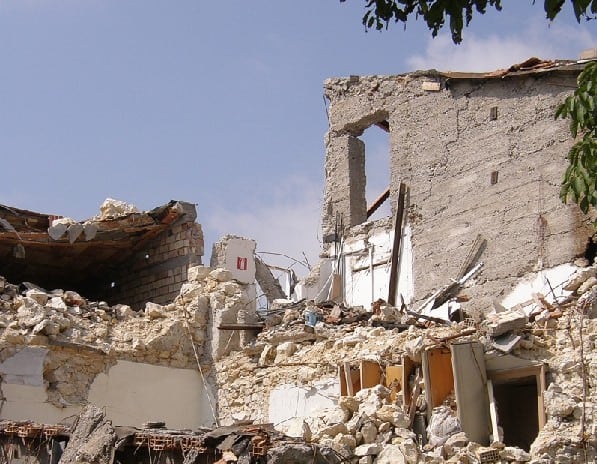
L’Aquila Credit: RaBoe Wikipedia
By James Dacey
On the anniversary of the earthquake that devastated L’Aquila in central Italy, the Guardian has run an intriguing article about the scientist at Gran Sasso laboratory who apparently predicted the disaster, but was unable to warn the public because of a gagging injunction.
Giampaolo Giuliani, a scientific technician living near L’Aquila, has long argued that imminent quakes can be predicted by rising levels of radon gas emissions near the fault zone.
Giuliani was so convinced of the truth in this theory that he built two radometers at his own expense and positioned these along the fault zone.
On Sunday 5th April, 2009, Giuliani became deeply anxious that a large quake would strike within 24 hours, and he made urgent calls to his friends and colleagues.
Tragically, one week earlier, the Italian authorities had issued a gagging injunction on Guiliani, following a previous false alarm for an earthquake in the region to the south east of L’Aquila.
At 3.32 a.m. on 6th April, an earthquake measuring 6.2 on the Richter scale struck L’Aquilla, killing 307 people and injuring 1500 others.
One telling quote in the Guardian article is attributed to Walter Mazzochi, deputy leader at Italy’s National Institute for Geophysics and Vulcanology: “The things Guiliani has presented are at a very low level, from a scientific point of view. I didn’t see any evidence that the method could work.”
This indictment probably says a lot about the standing of earthquake prediction, which is clearly an underdeveloped area of science.
The proposed link between radon levels and earth slipping, however, will hopefully get a fair testing now that Nobel Laureate Georges Charpak has recently unveiled a new detector that could be deployed en masse along fault lines to monitor the levels of this gas.



